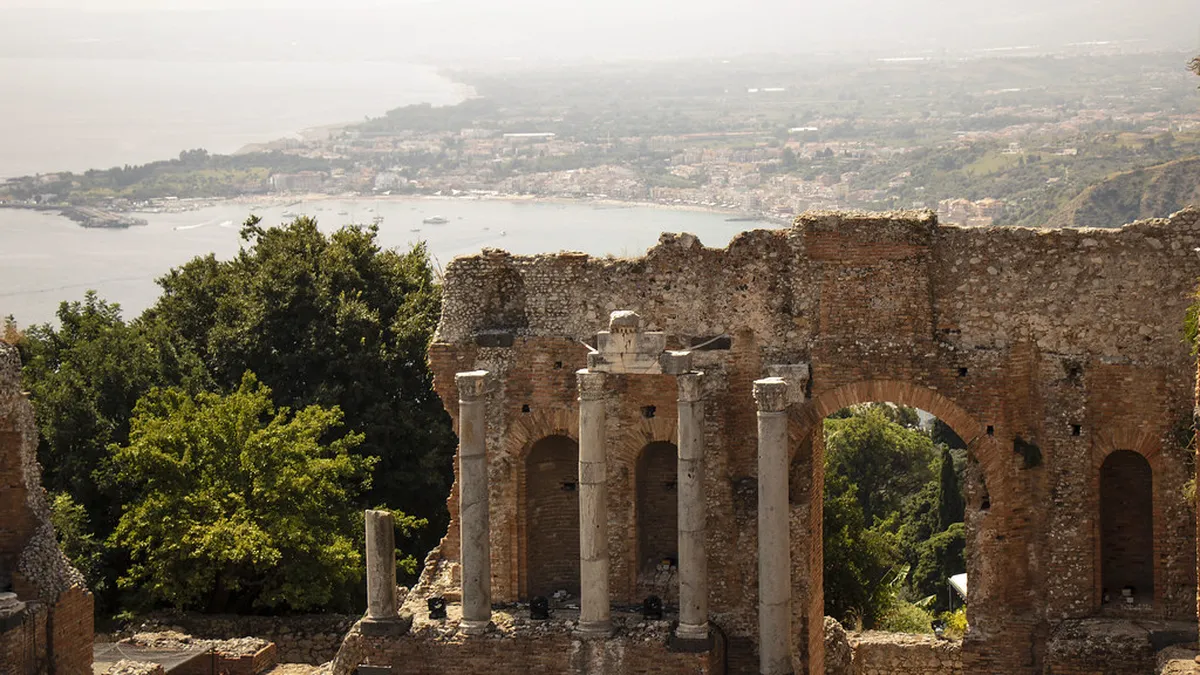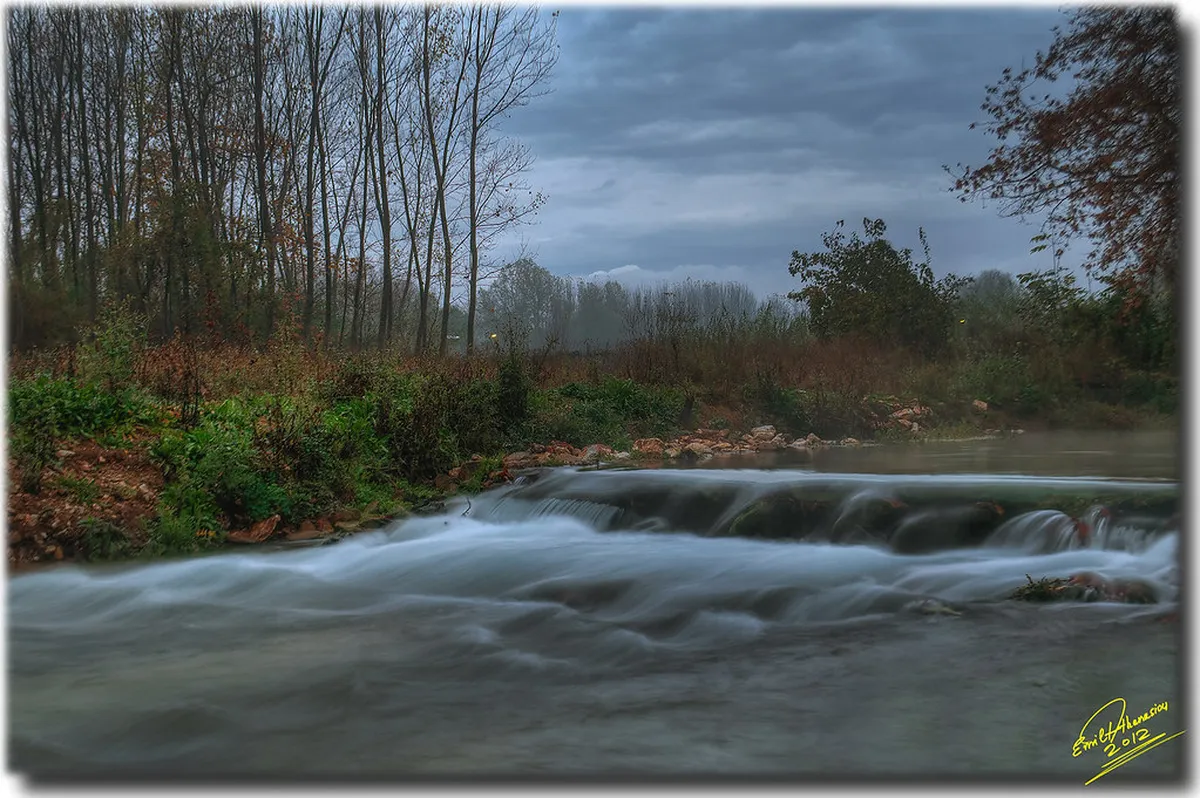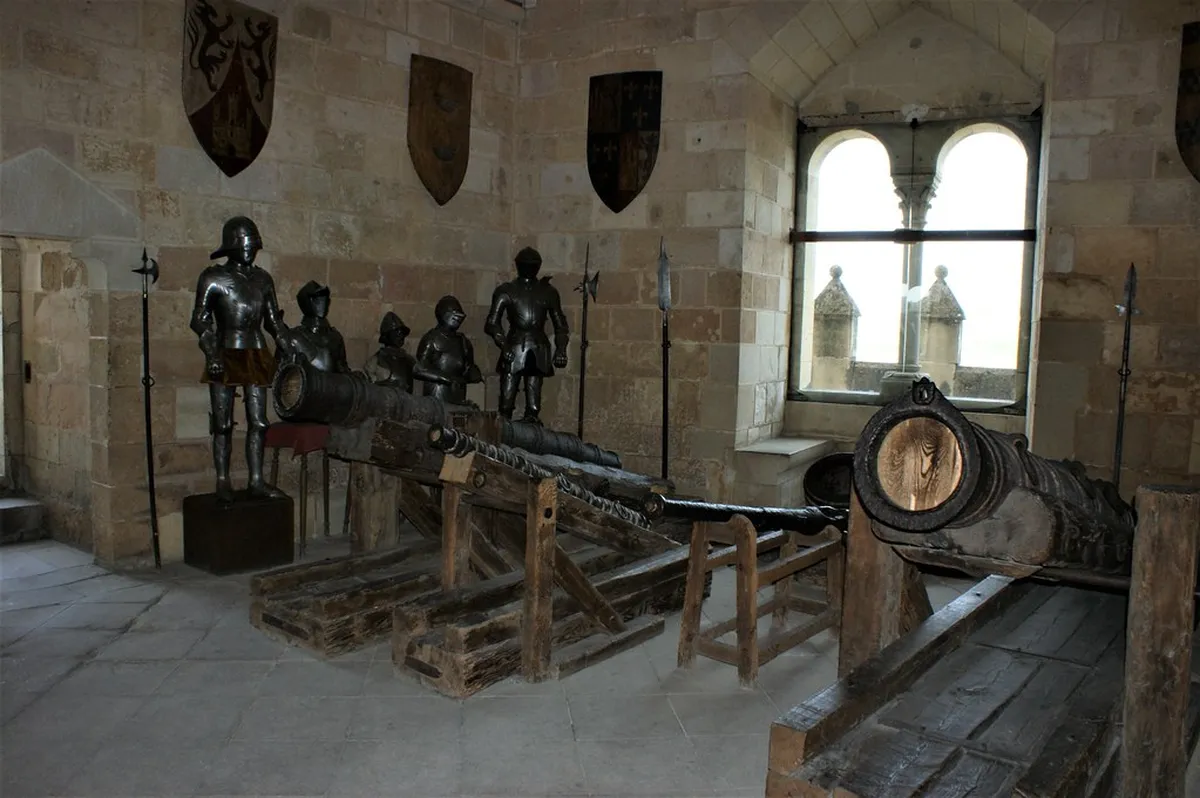Unveiling the Ancient Theatre Taormina History in 2025
Discovering the Ancient Theatre Taormina history offers a captivating journey. This iconic Sicilian landmark boasts an incredible past. It provides breathtaking views of Mount Etna and the Ionian Sea. Visitors come from around the world to explore its ancient stones. This guide unveils the theatre's storied timeline.
The theatre stands as a testament to human ingenuity. It reflects centuries of cultural shifts and architectural prowess. Understanding its heritage enhances any Taormina itinerary. Prepare to be amazed by its enduring beauty and rich narrative. You can also find more travel inspiration on our site for your trip.
The Ancient Theatre Taormina's Greek Origins
Plan this trip faster with our free online itinerary maker. Get a personalized day-by-day plan in minutes.
The story of the Ancient Theatre Taormina history begins with the Greeks. They founded Tauromenion in the 4th century BC. Scholars believe the theatre was built around the 3rd century BC. It served as a vital center for drama and public assemblies.
Greek theatres were carved into natural hillsides. This design maximized acoustics and seating capacity. The Taormina theatre followed this traditional style. Its location offered stunning natural backdrops for performances. These early productions celebrated Greek myths and tragedies.
The initial structure featured a large circular orchestra. This area was where the chorus performed. The cavea, or seating area, extended upwards from the orchestra. It could accommodate thousands of spectators. Imagine the vibrant energy of ancient Greek plays in this setting. The theatre was a hub of cultural life.
Early Greek engineers used local stone for construction. They skillfully blended the theatre with its rugged surroundings. The site provided natural advantages for drainage and stability. This thoughtful construction ensured its longevity. It laid the foundation for future transformations. Exploring these origins reveals much about Taormina's ancient life.
Roman Transformations and Gladiator Spectacles
The Romans arrived in Sicily and brought significant changes. They conquered Taormina in 212 BC. The theatre underwent major renovations in the 2nd century AD. These alterations reshaped its purpose and appearance.
The Romans adapted the Greek design for their own entertainment. They enclosed the orchestra to create an arena. This new space hosted gladiatorial contests and wild beast hunts. It transformed the theatre into an amphitheater-like venue.
New structures, like the vomitoria, were added. These arched passages allowed easy entry and exit for spectators. The stage building, or scaenae frons, became more elaborate. It featured ornate columns and statues. These additions showcased Roman engineering and artistic flair. They reflect Roman grandeur.
The theatre could even be flooded for mock naval battles. This spectacular event was known as 'naumachia.' While some historians debate its true extent, the capacity for water events shows Roman ambition. These dramatic changes highlight the theatre's evolving role. They represent a significant chapter in the city's historical development. Discovering best things to do in Taormina often includes this site.
Architectural Marvels and Panoramic Views
The Ancient Theatre Taormina history is also a story of architecture. Its design harmonizes with the stunning natural landscape. The theatre's layout perfectly integrates with the hilltop. It offers spectacular vistas from every seat.
The seating area, or cavea, features 9,000 to 10,000 seats. It remains remarkably well-preserved today. The upper sections provide unmatched panoramic views. You can see the sparkling Ionian Sea, Calabria, and Mount Etna. This volcano often has a plume of smoke, adding to the drama.
The scaenae frons, or stage building, is particularly striking. Though partly ruined, its two-story arches still stand tall. These arches frame the landscape beyond the stage. This creates a natural backdrop unlike any other. It blurs the line between man-made and natural beauty.
Remarkable acoustics allowed performers' voices to carry far. This was true even before modern amplification. The theatre's design demonstrates advanced engineering knowledge. It is a testament to the skill of its ancient builders. Visiting offers a chance to appreciate this blend of history and nature. You will be immersed in its ancient grandeur. Consider a day trip near Taormina for more views.
A Journey Through Time: From Decline to Rediscovery
After the fall of the Roman Empire, the theatre saw periods of decline. It was largely abandoned for centuries. The materials were sometimes repurposed for other constructions. Nature began to reclaim parts of the ancient structure.
During the Middle Ages, the theatre fell into disrepair. Local legends and myths grew around its ruins. It remained a significant, yet forgotten, monument. Its grand scale still hinted at past glories.
The 18th and 19th centuries brought renewed interest. European Grand Tour travelers 'rediscovered' Taormina. Artists and writers were captivated by the theatre's romantic ruins. They highlighted its beauty and historical importance. This sparked efforts for its preservation.
Today, the Ancient Theatre is a vibrant cultural hub once more. It hosts international film festivals, opera, and concerts. Modern performances continue a tradition spanning millennia. This site remains a living monument to history and art. Discovering these hidden gems in Taormina enriches your trip.
Planning Your Visit to Taormina's Historic Theatre in 2025
Visiting the Ancient Theatre in 2025 is a must for any Taormina trip. The theatre is easily accessible from the town center. You can walk or take a short taxi ride. Wear comfortable shoes, as there is some uphill walking.
Opening Hours and Tickets: The theatre generally opens at 9:00 AM daily. Closing times vary seasonally, typically between 4:00 PM and 7:00 PM. Check the official website for current 2025 schedules. Tickets cost around €10-€15 for adults. Discounts may apply for students or seniors.
Best Time to Visit: Morning visits are ideal to avoid crowds. The early light also creates stunning photo opportunities. Consider visiting during the shoulder seasons (spring or fall). The weather is pleasant then, and crowds are thinner. You can learn more about when to visit Taormina.
Tips for a Great Experience: Allow at least 1-2 hours to explore the site fully. Bring water, especially during warmer months. Consider a guided tour to learn more about its history. Many local guides offer insightful commentary. Combine your visit with other Taormina attractions. This creates a memorable day of exploration.
Frequently Asked Questions
When was the Ancient Theatre of Taormina originally built?
The Ancient Theatre of Taormina was originally built by the Greeks. Its construction dates back to the 3rd century BC. This was during the period of Greek influence in Sicily. The theatre served as a venue for dramatic performances.
What changes did the Romans make to the theatre?
The Romans significantly modified the theatre in the 2nd century AD. They converted the orchestra into an arena. This allowed for gladiatorial games and other spectacles. They also enhanced the stage building, known as the scaenae frons. These changes transformed its original Greek purpose. You can see how Taormina evolved over time.
Can you still attend performances at the Taormina theatre?
Yes, the Ancient Theatre of Taormina is still an active venue. It hosts numerous events throughout the year. These include concerts, operas, and film festivals. Check local listings for upcoming shows during your 2025 visit. Attending an event here is a truly unique experience. Many Taormina hotels are close by.
What are the best views from the Ancient Theatre?
The theatre offers incredible panoramic views. From its upper tiers, you can see Mount Etna. The Ionian Sea stretches out towards the horizon. You will also spot the Calabrian coast in the distance. These stunning vistas are a highlight for visitors. The views are a major reason to explore this site. You can also get great views from the Taormina cable car.
The Ancient Theatre Taormina history weaves a rich tapestry. It tells tales of Greek drama and Roman spectacles. This incredible landmark stands as a testament to human history. Its architectural beauty and stunning location are truly unparalleled. A visit offers a profound connection to the past.
Don't miss the chance to explore this magnificent site in 2025. Plan your trip and immerse yourself in Taormina's ancient charm. For more ideas, check out our guide to the best things to do in Taormina. Make your Sicilian adventure unforgettable.
Key Takeaways
- The Ancient Theatre Taormina dates back to the 3rd century BC.
- Romans transformed the theatre for gladiatorial games and spectacles.
- Enjoy breathtaking views of Mount Etna and the Ionian Sea from the theatre.
- The theatre remains an active venue for concerts and cultural events today.
- Plan your visit for early mornings to avoid crowds and enjoy the best light.



